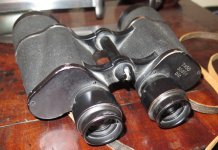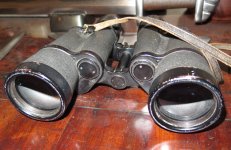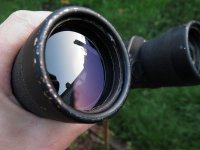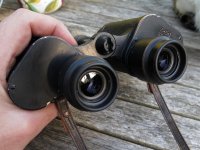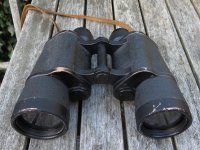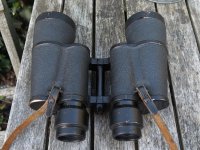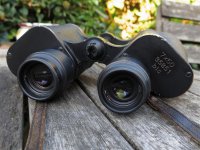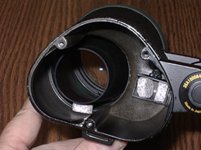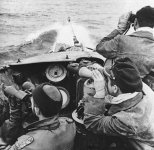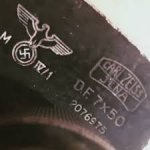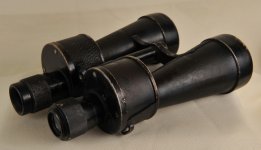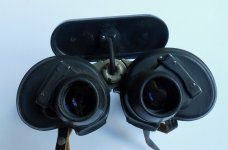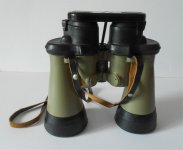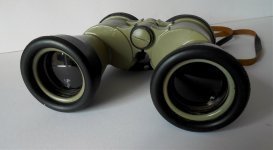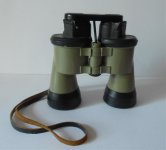smurf.for.mark
Well-known member
Hi, just wondering if anyone can help identify/age these? i know they are German military, likely ww2 vintage and also made by ziess? i picked them up very cheap at a carboot sale, luckily on the way to the beach for a day out and really enjoyed the view through them. they are still in good alignment and bar a few specs inside are clean and clear (no fog/haze or fungus) the lenses seem in good condition too with a bluish anti reflective coating.
try as i may i cant find much info or even an image of an identical pair?
try as i may i cant find much info or even an image of an identical pair?




